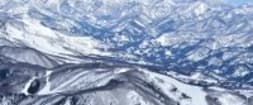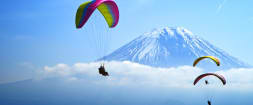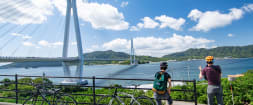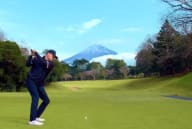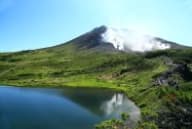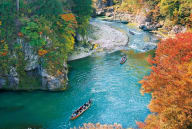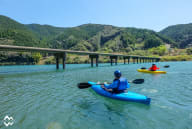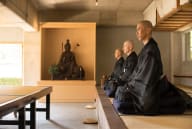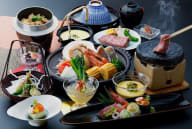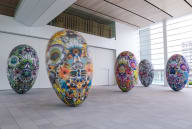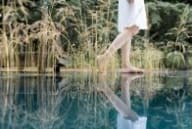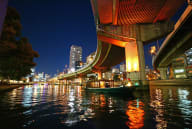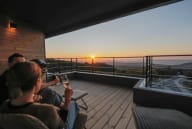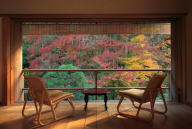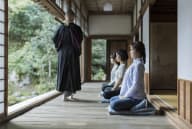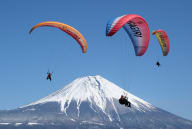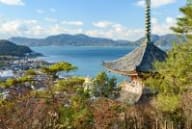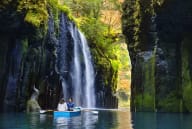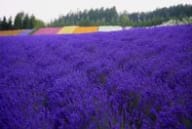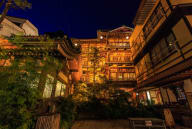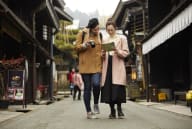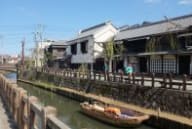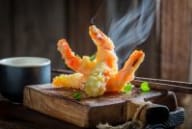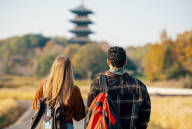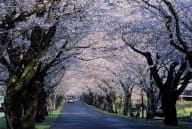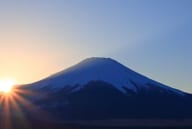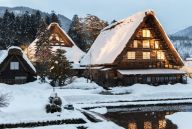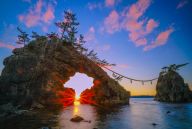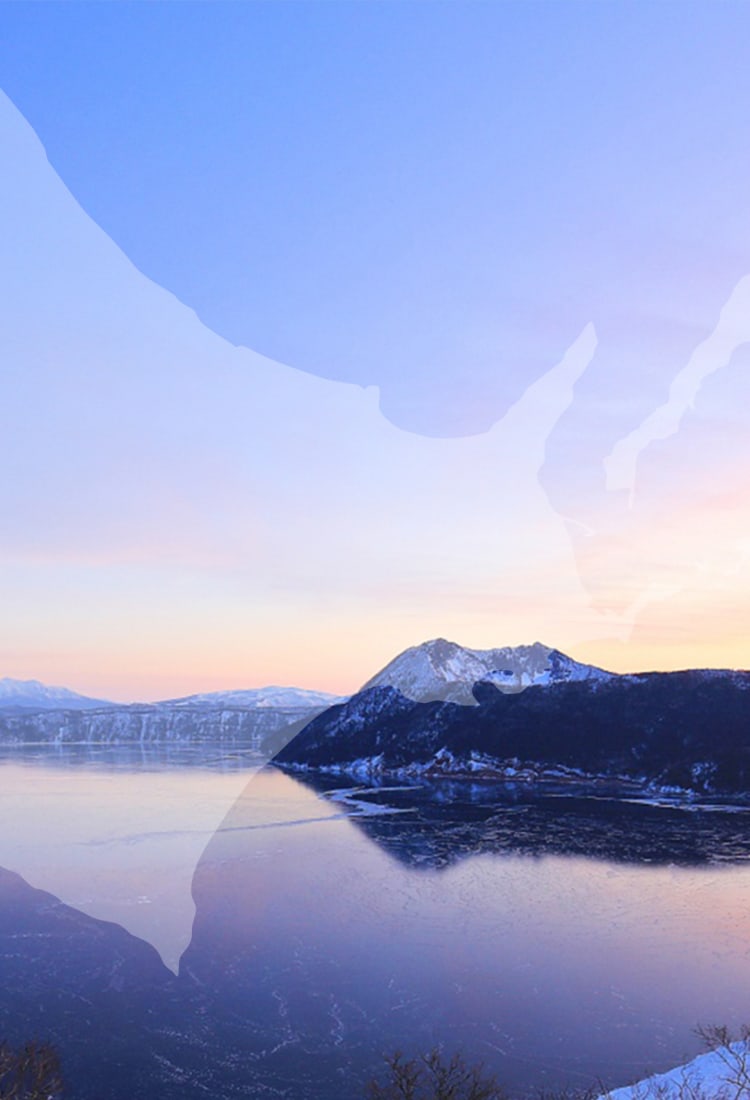
2025.02 East Hokkaido: A Mystical Journey into Untouched Nature [PR]
Hokkaido is a popular tourist destination, attracting visitors from both Japan and abroad. For those seeking an unparalleled natural experience, the Mizu no Kamuy Tourism Area in East Hokkaido offers a pristine and untouched natural environment. Home to Kushiro Shitsugen National Park and Akan-Mashu National Park, this region invites you to explore the mystical beauty of nature and feel the spirit of "Kamuy", the word for God in the language of Hokkaido’s indigenous Ainu people. In this article, we’ll introduce an engaging itinerary through the Mizu no Kamuy Tourism Area’s three regions—Akan, Teshikaga, and Kushiro—perfect for both summer and winter adventures.
Akan Area
Lake Akan, a stunning freshwater lake in the area, is home to rare flora and fauna, including marimo moss balls—spherical, jewel-like organisms designated as a special natural treasure. Towering majestically behind the lake are Mount Meakan and other peaks, making the area a haven for mountain climbers and outdoor enthusiasts who enjoy nature walks.
There, visitors can enjoy a variety of seasonal activities while taking in the breathtaking scenery. For instance, summer lets you enjoy canoeing and boating on the lake, while winter offers activities like ice fishing and snowshoeing. The area is also home to hot springs, offering a stunning view of the picturesque landscape. For a cultural experience, visit an Ainu Kotan, a traditional Ainu settlement, to immerse yourself in the rich heritage and feel the majesty of nature of the Mizu no Kamuy area.

Marimo are green algae found in freshwater lakes and marshes in the northern hemisphere. Lake Akan is the only place where marimo grow over 15 cm in diameter, with some reaching an impressive 30 cm or more.
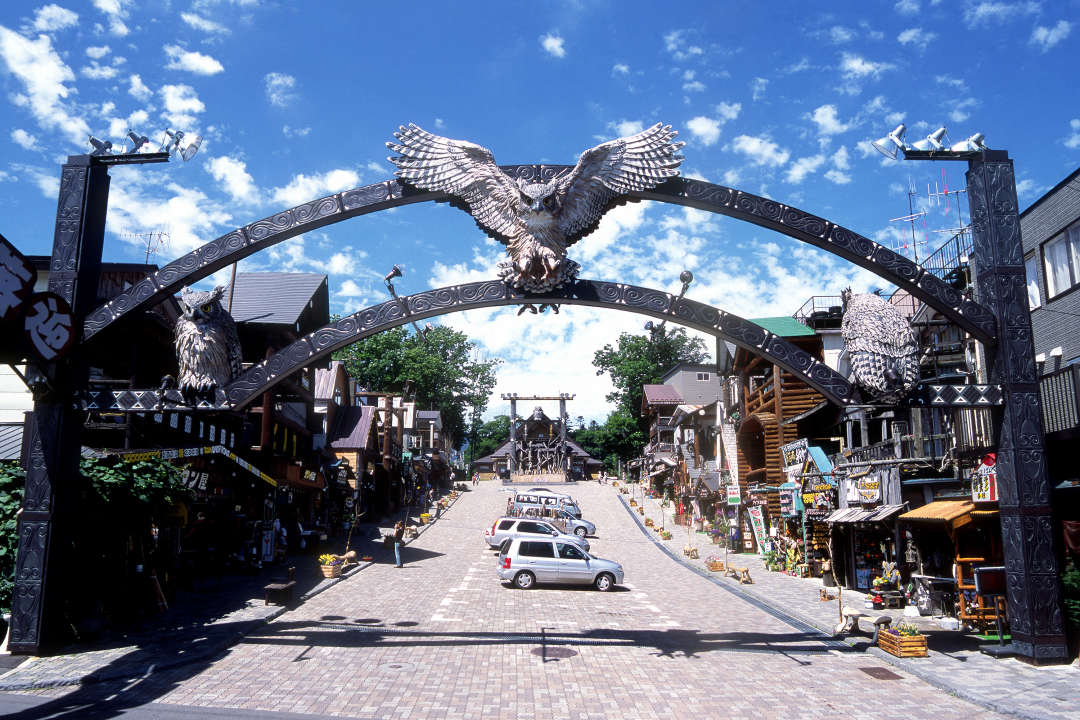
Mount Hakuto Observatory
From spring to autumn, a hike along the nature trail from the Lake Akan Observatory to the Mount Hakuto Observatory is highly recommended. The 2-km (1.24-mile) one-way trek takes about 1.5 hours and offers views of fascinating natural phenomena, including rivers of hot spring water and "bokke"—mud volcanoes formed by geothermal activity.
The panoramic view of Lake Akan and Mount Oakan from the Mount Hakuto Observatory is sure to captivate you. The area’s stunning vistas are enhanced by the sparse forests, a unique result of the region’s high geothermal activity.

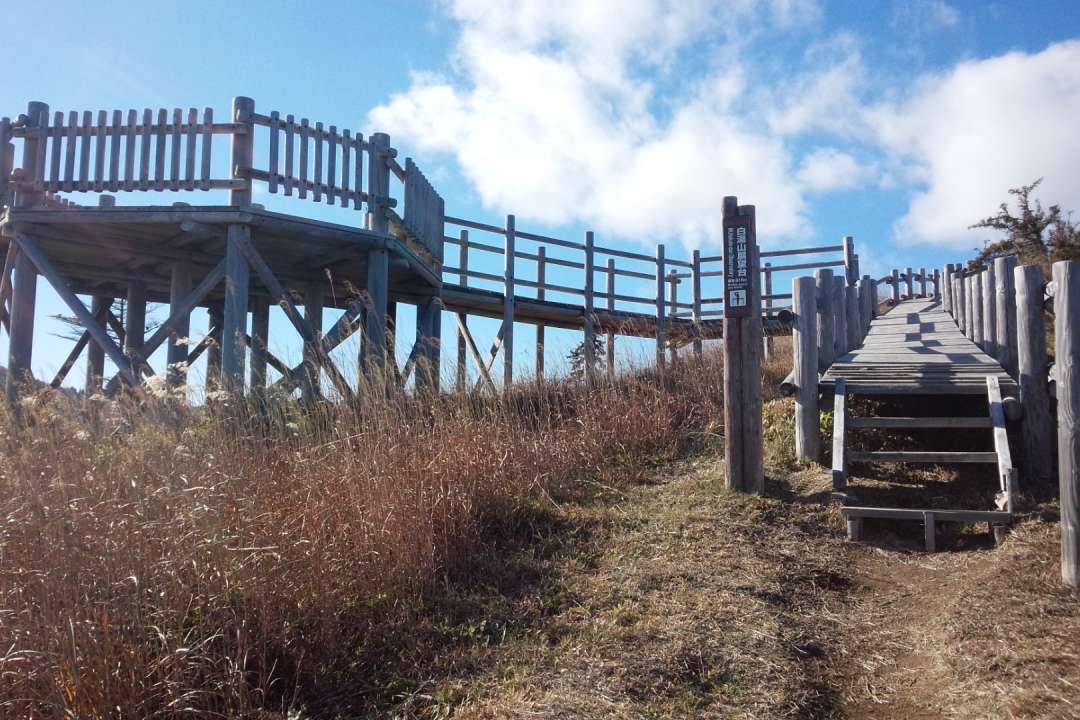
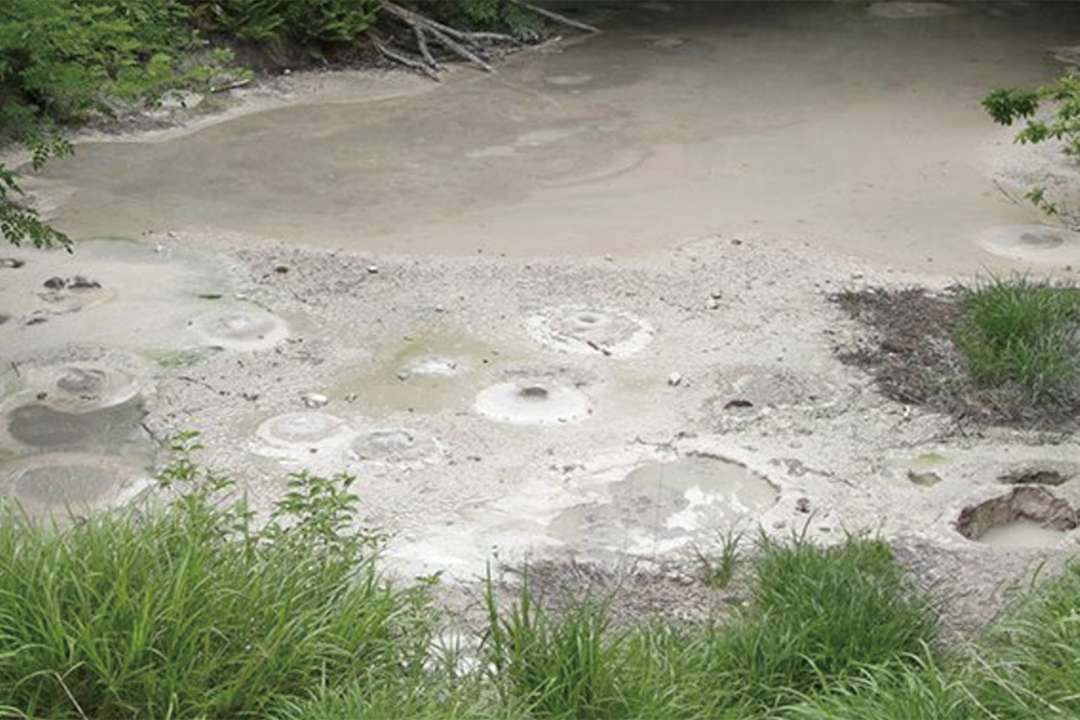
Frost flower Ice Trekking
From December to March, witness the enchanting sight of delicate and beautiful “frost flowers” spreading across the frozen surface of Lake Akan. These frost crystals, resembling white flowers blooming on the ice, are a miracle of nature that appears only on calm mornings under specific climatic conditions.
December offers the best chance to experience this magical spectacle. As the sun rises, embark on a journey to find these miraculous “flowers of winter,” sometimes accompanied by glittering diamond dust or rime. Be sure to arrange for a guide, as exploring alone can be extremely dangerous.*
*For inquiries about frost flower ice trekking, please contact: tour@lake-akan.com
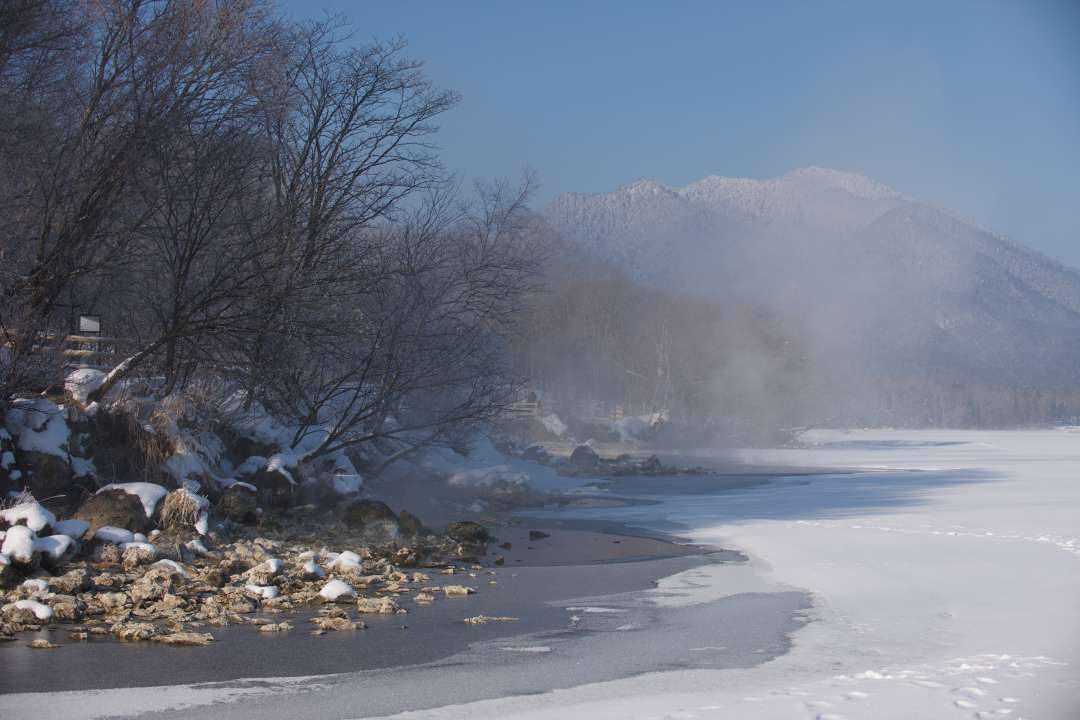
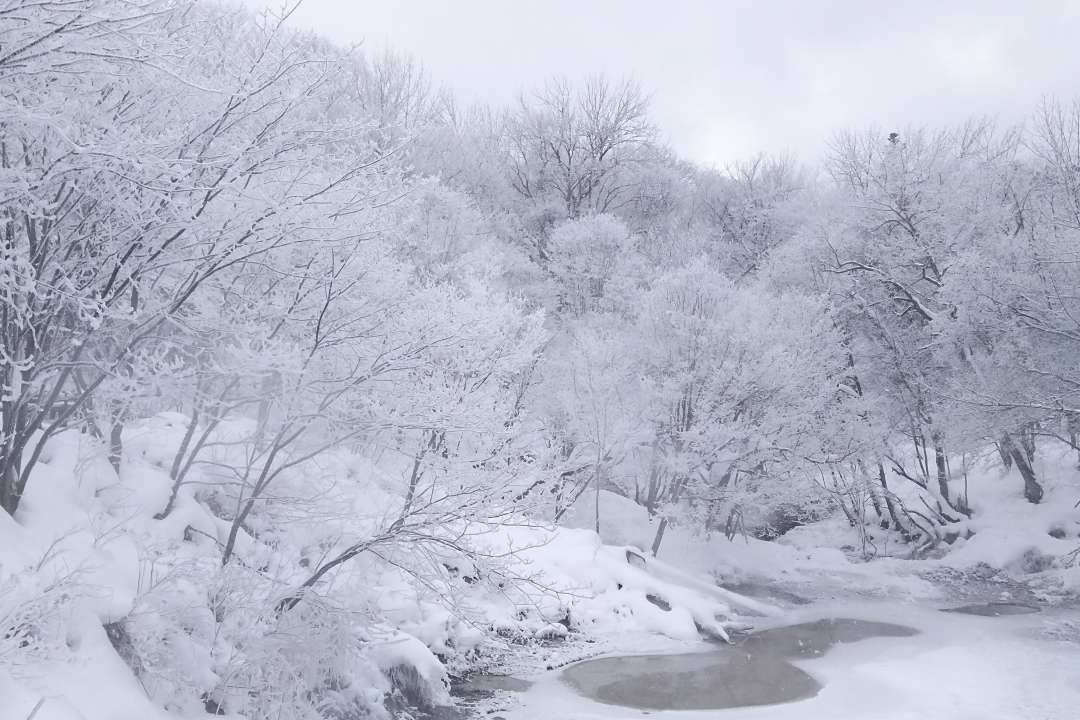

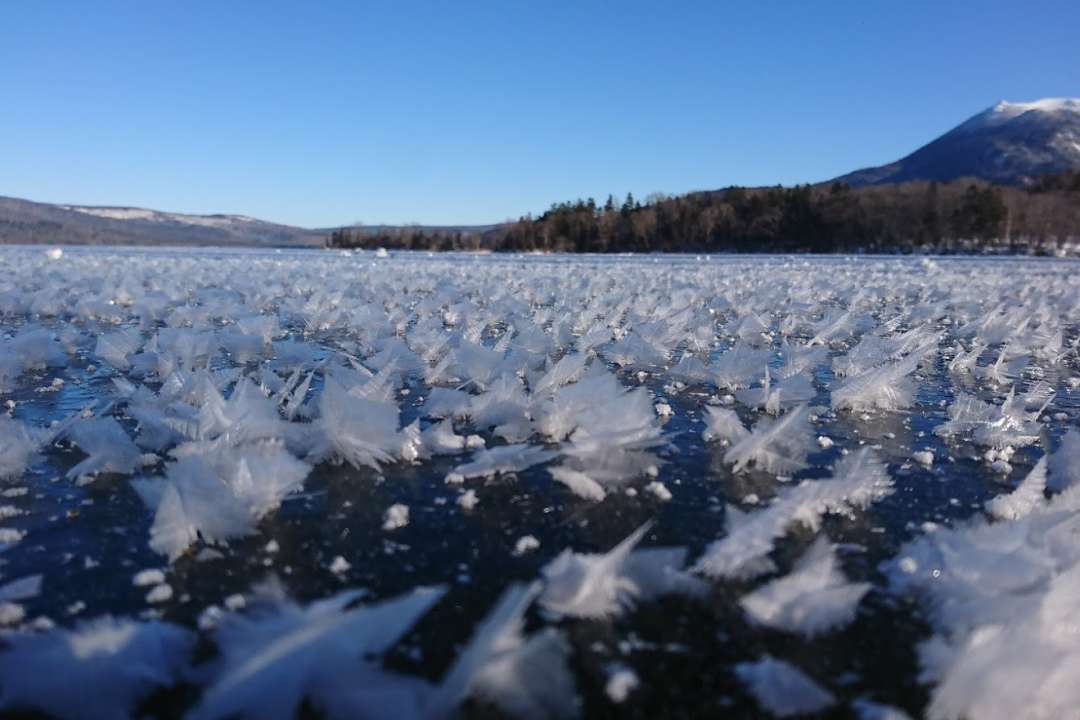

Mashu Area
The Teshikaga region is home to two stunning lakes, Lake Mashu and Lake Kussharo, which create a breathtaking natural landscape. Lake Mashu, renowned as one of the clearest lakes in the world, captivates with its brilliant deep blue hue, aptly called “Mashu Blue.” On early summer mornings, you may even witness a sea of clouds enveloping the area. The lake’s unique stillness comes from having no rivers flowing into or out of it.
Meanwhile, Lake Kussharo, Japan’s largest caldera lake, is known as the source of the Kushiro River. In winter, the lake surface freezes over, creating the “omi-watari” (crossing of the gods) phenomenon, where the ice cracks and rises. The lake also becomes a haven for whooper swans resting on its surface. Adding to its charm, the area is so rich in hot springs that digging into the sand along the lakeside reveals hot spring water. For easy access to both lakes, consider staying at Kawayu Onsen, conveniently situated midway between them.
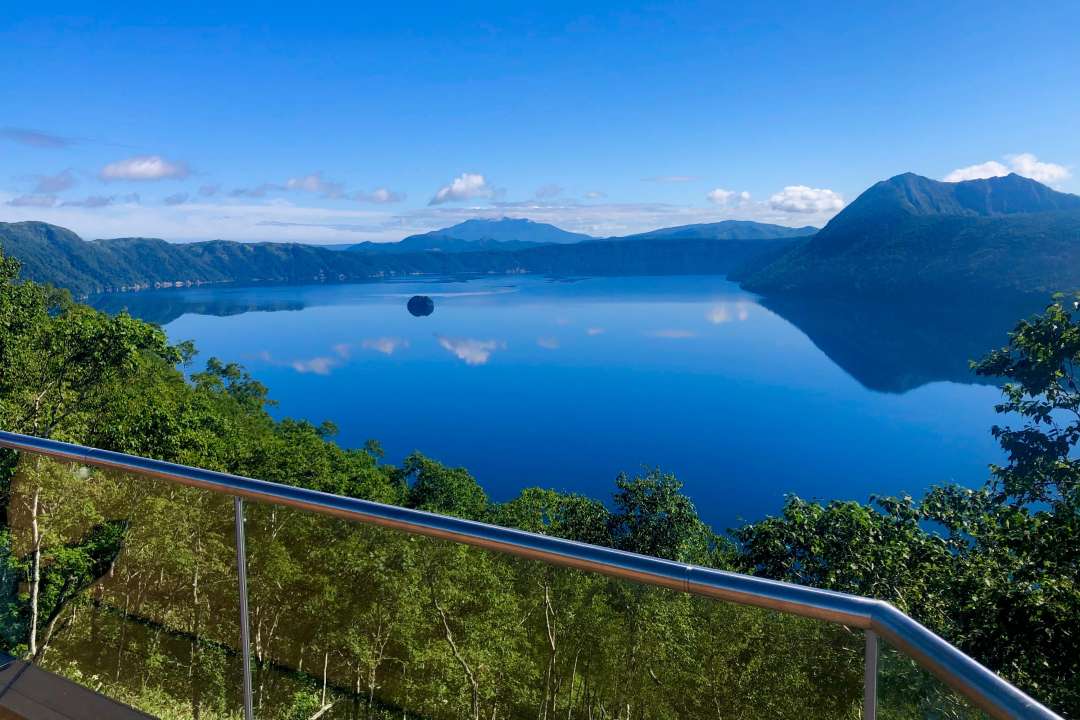


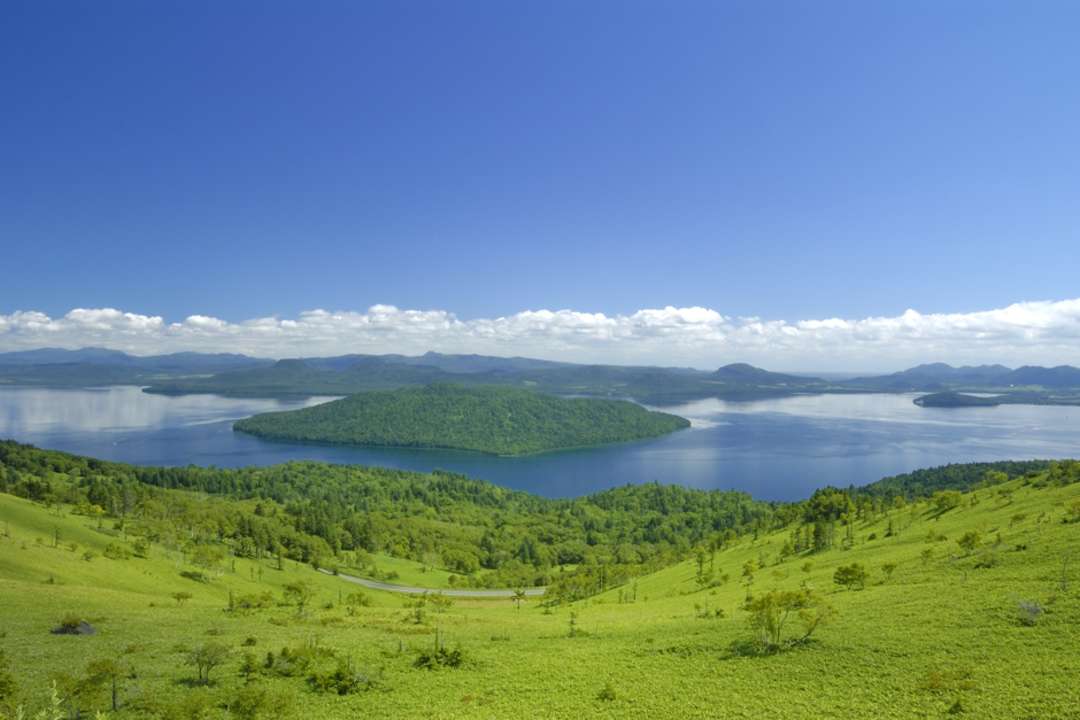
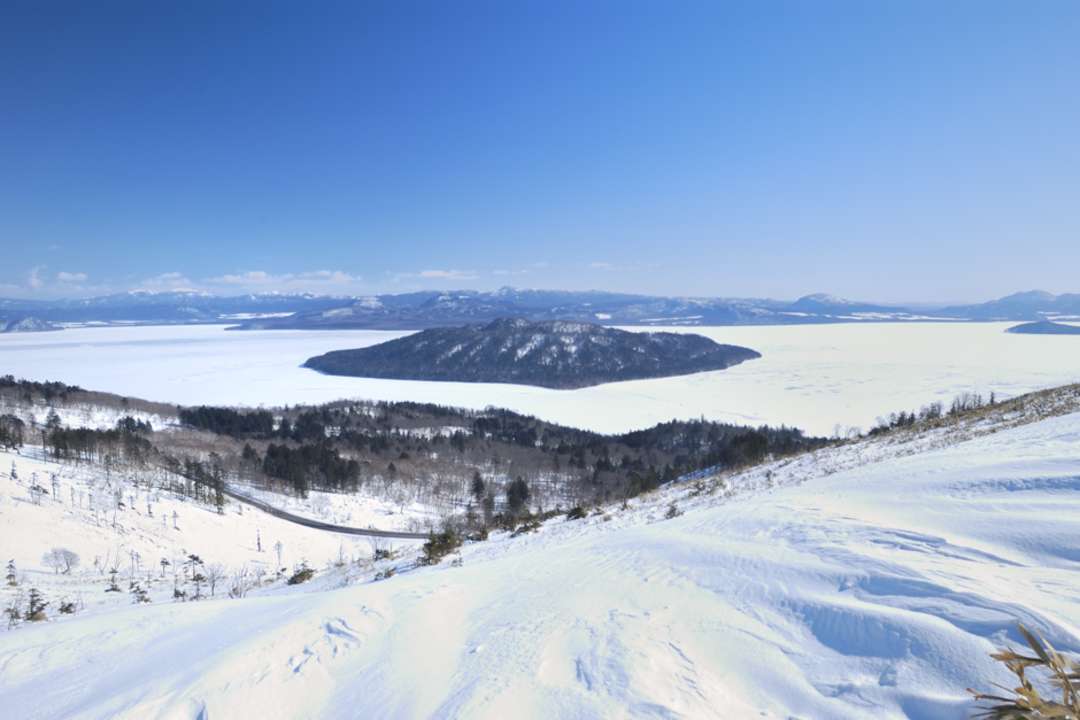
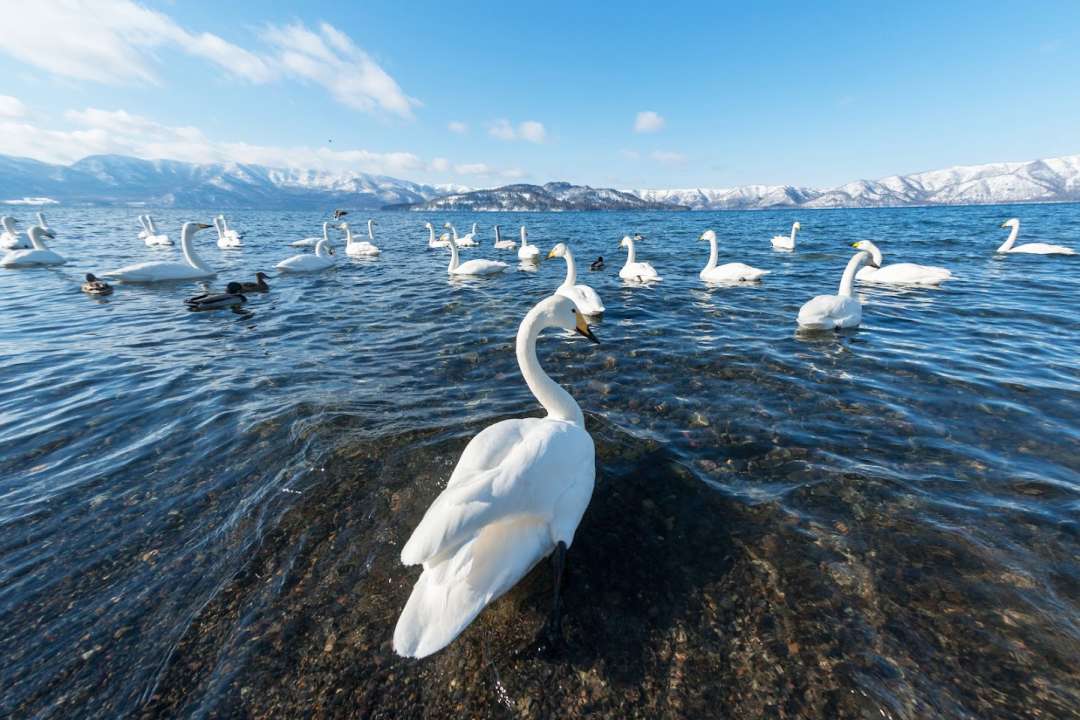




Atosanupuri (Mount Io) Trekking
Located about 3 km (2 miles) from Kawayu Onsen, Mount Io is a power spot where you can feel Earth’s energy. Known as “Atosanupuri” (naked mountain) in the Ainu language, it remains active until today, with plumes of smoke rising from it. The distinct smell of sulfur and the reverberating sounds of the earth make it feel alive beneath your feet.
In summer, despite its low elevation, Mount Io is home to a variety of alpine plants, with the wild rosemary of June being particularly well-known. As much of the area is restricted, visitors are strongly encouraged to join a tour with a certified guide and equip themselves with proper footwear and clothing for mountain climbing.

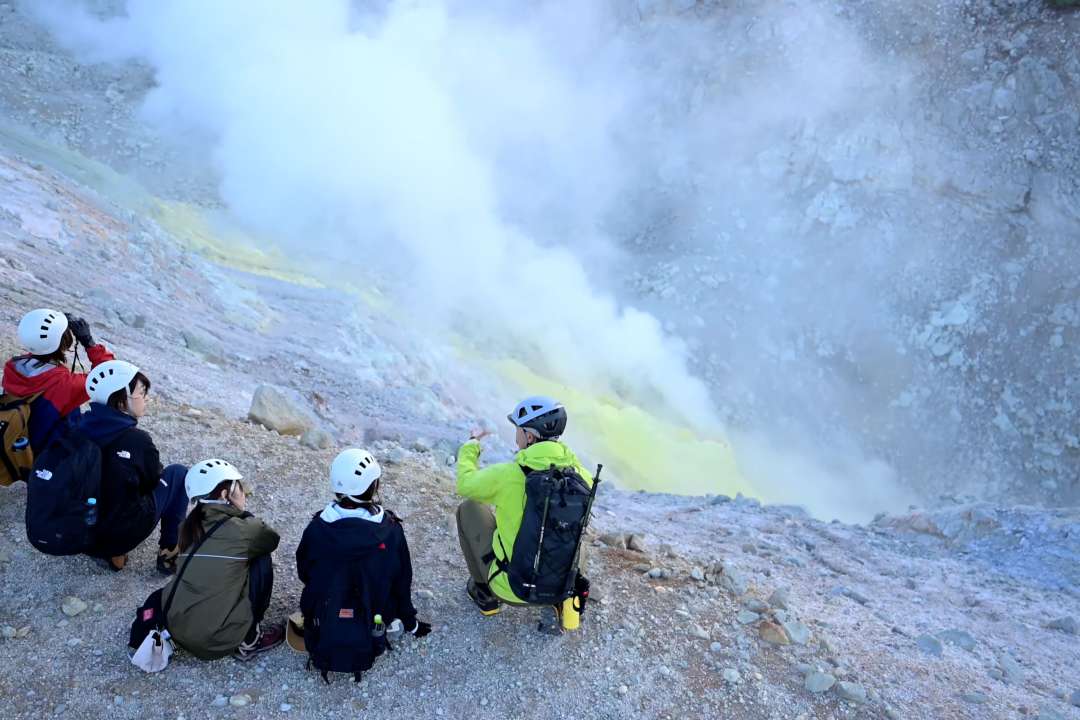

Canoeing on the Kushiro River Headwaters
A highly recommended winter activity is a guided canoeing tour along the headwaters of the Kushiro River, available from around December through March/April. The crystal-clear water, visible down to the riverbed, combined with the crisp, freezing air and winding path of the Kushiro River offer a truly unique winter landscape. It’s a serene world where you can marvel at rime, “frost steam” rising from the water’s surface, diamond dust, and sunlight filtering through snow-laden trees.
Various tours are available and dry suits are generally provided; however, be sure to wear warm clothing underneath.



Kushiro Area
Kushiro, the central city of East Hokkaido, is home to the Kushiro Shitsugen Wetland, the largest of its kind in Japan. This vast treasure trove of nature supports a rich ecosystem, spreading out to the northeast of the city. The Kushiro River meanders through the wetland, and red-crowned cranes and Hokkaido sika deer have made it their home. Visitors can explore the great outdoors via promenades and observation decks or partake in activities such as horse riding, canoeing, and snow trekking (in winter).


Canoeing in the Kushiro Shitsugen Wetland
From spring to autumn, a guided canoe tour is highly recommended for a relaxing journey deep into the heart of the Kushiro Shitsugen Wetland. Glide along the calm, winding Kushiro River and take in a unique perspective of the sky, a view only possible from a canoe on the water. Sharpen your senses and immerse yourself in nature—you may even encounter wildlife such as Ezo red foxes, Hokkaido sika deer, red-crowned cranes, white-tailed eagles, Steller’s sea eagles, and kingfishers.



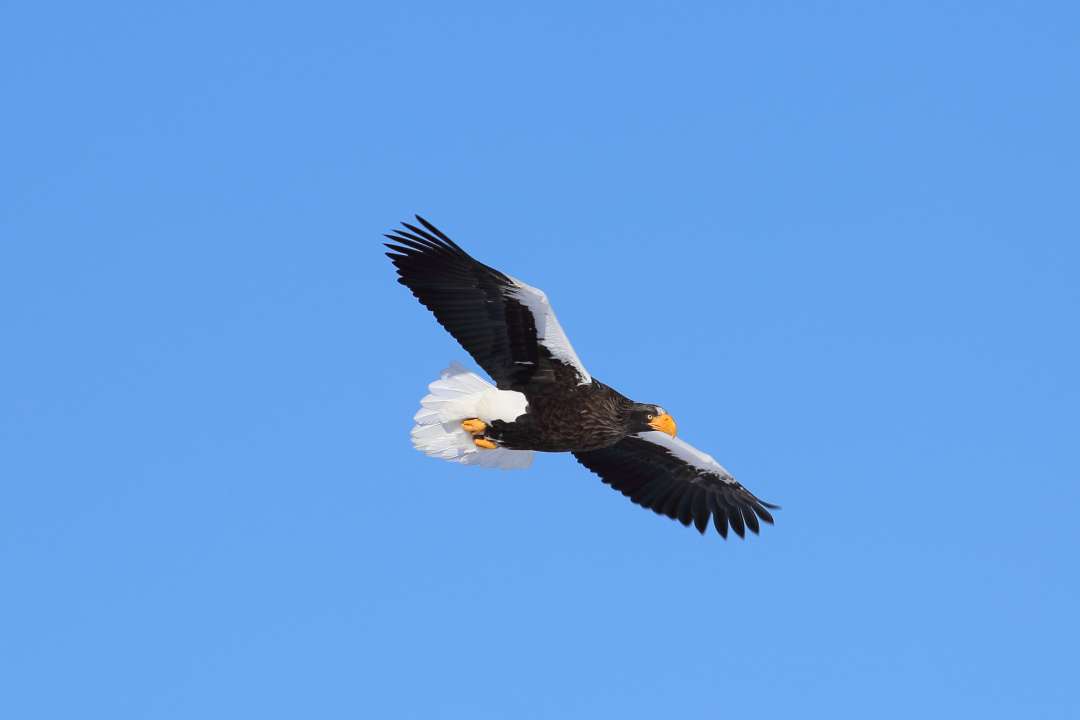
Dance of the red-crowned crane
Winter in this area offers an extraordinary opportunity to witness the graceful dance of red-crowned cranes amidst a magical, snow-covered white landscape. Known for their striking white plumage, black flight feathers and neck, and vibrant red crowns, these majestic birds are called “Sarurun Kamuy” (Deity of the Marshes) in the Ainu language.
The mesmerizing sight of cranes dancing and calling to one another in courtship is an astonishing natural spectacle. It’s an experience so captivating that it makes you forget the cold, leaving an indelible impression. For an up-close view, visit the Akan International Crane Center, where from November to March, up to 150 wild red-crowned cranes gather during feeding sessions.
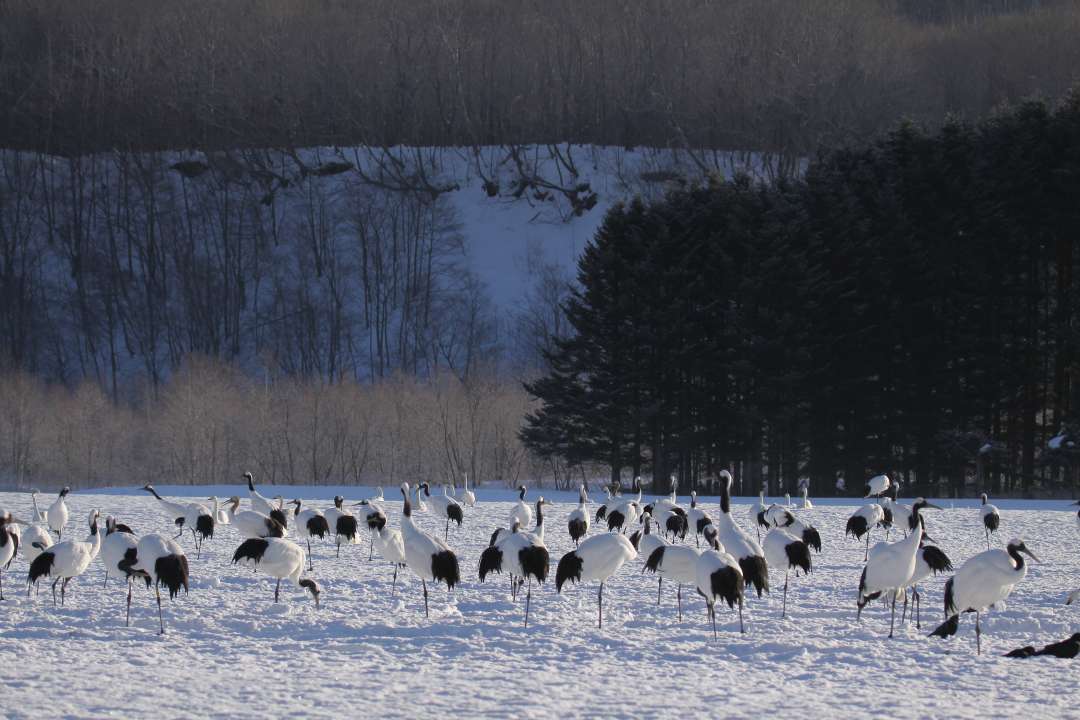


Indulge in Seafood in Kushiro
After immersing yourself in the wonders of nature, treat yourself to the fresh seafood delights of Kushiro, including Pacific saury, crab, and salmon roe. At the Washo Ichiba market, you can enjoy “Katte don” by creating your own seafood bowl with your favorite ingredients, or savor “Robatayaki” where food is grilled over charcoal, offering a unique culinary experience of Kushiro.


The Mizu no Kamuy Tourism Area, encompassing Akan, Teshikaga, and Kushiro in East Hokkaido, is easily accessible via Tancho Kushiro Airport. The flight from Tokyo to Kushiro Airport takes approximately 1 hour and 40 minutes. From the airport, you can explore each tourist spot using public transportation or a rental car.
Related Links
Mizu no Kamuy Tourism Area Official Website
|
|
URL: https://untouchedhokkaido.jp/en/ Social Media: https://www.facebook.com/untouchedhokkaido |
Kushiro – Lake Akan Travel Guide [Official] |
| URL: https://en.kushiro-lakeakan.com/ |
Teshikaga Navi |
| URL: https://masyuko.or.jp/en/ |












